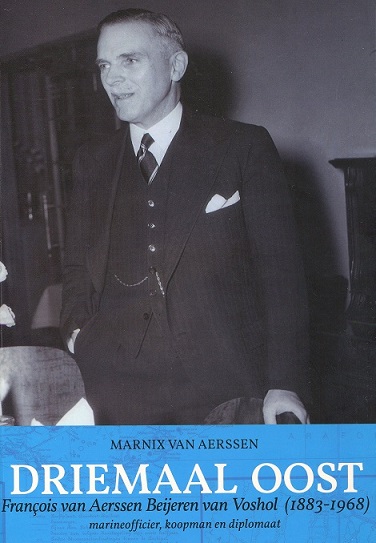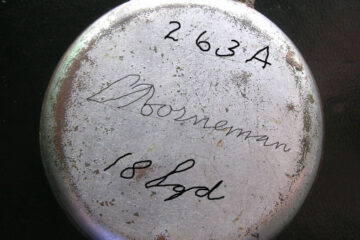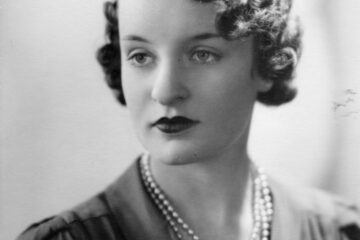
Baron François Cornelis van Aerssen Beijeren van Voshol (2 March 1883 – 31 May 1968) was the first officially accredited Dutch envoy extraordinary and minister plenipotentiary to Australia, appointed in April 1942 during one of the most complex periods in Dutch–Australian relations. A former naval officer, businessman, and career diplomat, van Aerssen represented both the Dutch government-in-exile in London and the conservative colonial position that aimed to fully restore Dutch control over the Netherlands East Indies (NEI) after the war.
Born in The Hague into one of the Netherlands’ oldest noble families—originally from the Southern Netherlands (present-day Belgium)—van Aerssen was part of a diplomatic lineage stretching back centuries. He began his professional life as a naval officer, later transitioning into senior business roles in the NEI, where he gained experience in the colonial economy. By his mid-40s, he entered the diplomatic service, ultimately serving in postings such as ambassador to Iran before his assignment to Australia.
Representing the Netherlands in a divided exile
Van Aerssen arrived in Canberra in April 1942, shortly after the fall of the NEI to Japan. Although officially based in Canberra, much of his time was spent in Melbourne, where the Netherlands East Indies Commission for Australia and New Zealand—effectively the NEI government-in-exile—had been established., later formalised at Camp Columbia in Wacol.
His role was politically sensitive. As the Dutch envoy, he reported directly to the Dutch government-in-exile in London, led by Prime Minister Pieter Sjoerds Gerbrandy. London held a hardline position: it insisted on the full re-establishment of Dutch sovereignty over the Netherlands East Indies after the war, with no concessions to Indonesian nationalist or autonomy movements. This view clashed with the more reformist federal visions put forward by Hubertus van Mook, Charles van der Plas, and other NEI officials based in Australia, who recognised the need for postwar political reform.
As the senior Dutch diplomat in Australia, van Aerssen was expected to enforce the London line, particularly in conversations with Australian authorities. This placed him in a difficult position. Australian officials—already wary of colonialism—were growing sympathetic to the NEI-based reformers. Van Aerssen often had to mediate between diverging Dutch positions, while maintaining diplomatic relations with a host country developing its own independent foreign policy.
A visible diplomatic presence
Despite these internal tensions, van Aerssen maintained a steady public role. In February 1943, he awarded the Dutch Cross of Merit to Quartermaster Pieter de Bruin for acts of bravery during an air raid—a gesture that symbolised Dutch–Australian wartime solidarity.
The Dutch legation in Canberra was established at 16 Mugga Way, Red Hill—a residence purchased from Australian public servant Sir George Knowles. This site remains the official residence of the Dutch ambassador to this day.
Postwar service and legacy
After the war, van Aerssen continued his diplomatic career. From 1947 to 1949, he served as the Dutch envoy to China (Nanking), and in 1951 he was appointed to the Council of State (Raad van State) in The Hague, serving until 1958. He died in The Hague in 1968 at the age of 85.
Baron van Aerssen’s career spanned diplomacy, military service, and colonial business administration. His role in Australia placed him at the heart of a three-way diplomatic triangle between London, Canberra, and Melbourne—each representing differing interests in the fate of the Netherlands East Indies.
While his duty was to represent the official Dutch government line, his presence in Australia contributed to the formalisation of Dutch–Australian diplomatic relations during a formative period. His legacy reflects the complexities of wartime diplomacy, the contested path of decolonisation, and the evolution of Australia as an independent player in international affairs.
See also:


